🏆 The World’s Best Marketing Campaigns
Forget catchy taglines and flashy ads. The greatest marketing campaigns in history created cultural waves, and their impact lives on today.
Here’s the thing: The most memorable campaigns don’t just sell products—they sell ideas. They tell stories, connect with people on a personal level, and make a brand indispensable.
Let’s look at three groundbreaking campaigns that went beyond sales to drive cultural change. Each campaign challenged industry norms and earned billions in brand equity.
Here’s what we got for ya:
📈 Just Do It
👄 Real Beauty
🥛 Got Milk?
Read Time: 4 min 27 sec

📈 Just Do It
Back in the 1980s, Nike was a well-known sports brand but it lagged behind Reebok, the leading fitness apparel brand at the time.
With “Just Do It,” Nike wanted to reach a broader audience beyond athletes by resonating with everyday people who wanted to push their limits.
“Just Do It” was introduced in 1988, and in a single decade, it propelled Nike from $877 million to a whopping $9.2 billion in sales.
By 1998, the campaign was so successful that Nike controlled 43% of the U.S. athletic shoe market, overtaking Reebok in market share.
Today, it’s recognized as one of the most iconic taglines of all time, and Nike now has a market cap of over $110B.
The campaign connected with people’s deep-rooted desire to overcome challenges. It wasn’t just for athletes; it spoke to everyone who faced an obstacle—whether running a marathon or making a tough life decision.
Watch the first Just Do It commercial Nike made:
Featuring sports icons like Michael Jordan, Serena Williams, and Colin Kaepernick, “Just Do It” made Nike synonymous with resilience and ambition.
Simple yet powerful, the slogan turned sportswear into a lifestyle choice. By focusing on the human spirit rather than just the product, Nike created a brand that’s about who you are and who you want to be.

There’s a reason 400,000 professionals read this daily.
Join The AI Report, trusted by 400,000+ professionals at Google, Microsoft, and OpenAI. Get daily insights, tools, and strategies to master practical AI skills that drive results.

👄 Real Beauty
Launched in 2004, Dove’s “Real Beauty” campaign was a radical shift in an industry obsessed with unattainable beauty standards.
Dove showcased women of various ages, shapes, and ethnicities in its ads, celebrating real beauty and rejecting the idea of “perfection.”
Within the first ten years of the campaign, Dove’s sales rose from $2.5 billion to over $4 billion, and the campaign increased Dove’s market share by 9%.
Their short film “Evolution” went viral, racking up over 7 million views in its first month and later winning numerous advertising awards.
The campaign expanded globally, reaching millions of women worldwide with self-esteem workshops and resources.
Dove’s campaign was one of the first to openly address and challenge narrow beauty standards. It made people feel seen and validated, helping women, in particular, feel more positive about their natural beauty.
Surveys showed that 71% of women felt better about Dove’s brand because it promoted real beauty and inclusivity.
The “Real Beauty” campaign became so influential that it inspired beauty brands worldwide to adopt more inclusive standards.
Dove also launched self-esteem programs, reaching 35 million young people globally to date.
Dove made a brand out of being real. Instead of focusing on superficial standards, the campaign tapped into a deeper societal conversation about self-image and beauty, giving consumers an emotional reason to support the brand.

🥛 Got Milk?
In 1993, the California Milk Processor Board faced a problem: milk sales were stagnating, and milk was seen as basic and boring.
Instead of selling milk, they sold the experience of what it’s like to not have it.
Enter “Got Milk?”—a campaign showing relatable scenarios where not having milk spoiled a perfect moment, whether for cereal, cookies, or my personal favorite: losing your limbs.
Within the first year, California milk sales increased by 7%. “Got Milk?” quickly became a cultural phenomenon, recognized by over 70% of Americans in the late 90s.
By 2002, “Got Milk?” had become so ingrained in American culture that even non-dairy brands tried to mimic the style. The campaign’s simple slogan became shorthand for “you need this” in pop culture.
The slogan was used in schools, parodied on TV shows, and even graced billboards with celebrities sporting milk mustaches.
By 2014, the campaign had generated over 8 billion impressions globally.
“Got Milk?” made milk memorable and relevant again, bringing it back into everyday conversation. With endorsements from stars like Beyoncé, Rihanna, and even Kermit the Frog, it gave milk an “it factor.”
Today, the slogan is still referenced and remains one of the most recognized in advertising history.
Why did it work? It’s all about simplicity and relatability.
“Got Milk?” created a need by showing that life is just a little bit better with milk around, tapping into nostalgia and convenience. It wasn’t just an ad—it became a cultural touchstone.



